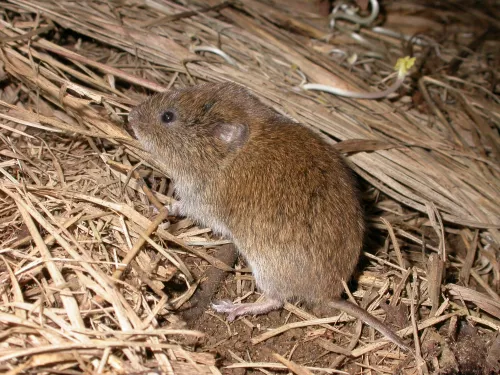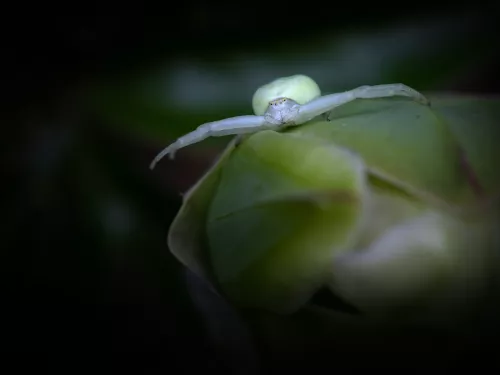Field elm
Field elm suffered declines due to the devastating effects of Dutch elm disease, but can still be found across much of the UK.
Field elm suffered declines due to the devastating effects of Dutch elm disease, but can still be found across much of the UK.
An inconspicuous tree for much of the year, the Field maple comes to life in autumn when its lobed leaves turn golden-yellow and its winged fruits disperse in the wind. Look for it in hedges and woods.
With its familiar features, the Field pansy is a delicate version of a garden favourite. Usually creamy-yellow in colour, it can be seen in fields and on roadside verges and waste ground.

With a population of 75 million, the field vole is one of the UK's most common mammals. Hidden among the vegetation of grassland, heathland and moorland, it is not as easily spotted as the similar bank vole.
Field wood-rush is a short rush that forms tufts in grassy places, such as lawns, parks and downlands. A defining characteristic is its leaf-like leaves that are fringed with long, white hairs.
Often spotted in large flocks, the fieldfare is an attractive thrush. It is a winter visitor, enjoying the feast of seasonal berries the UK's hedgerows, woodlands and parks have to offer.
Fir clubmoss is a primitive plant found in rocky, moorland and mountain habitats. The stems of this tufted, upright fern look like tiny conifers.
The tiny firecrest vies with the goldcrest for the title of the UK's smallest bird. Once just a visitor, the firecrest can now be found breeding in woodlands in the south of England.
This rare anemone lives up to its name with a spectacular display of long, white tentacles.
These little sea snails are found amongst the seaweed on rocky shores around much of the UK. They come in lots of different colours, from bright yellow to chequered brown!
Found in compost heaps and under stones in gardens, the Flat-backed millipede is a common minibeast. Despite its name, it only has about 40 legs. It is an important recycler of nutrients, feeding on decaying matter.

The flower crab spider is one of 27 species of crab spider. The flower crab spider can alter the colour of its body to match its surroundings and to hide from prey. It is not as common as other types of crab spider.